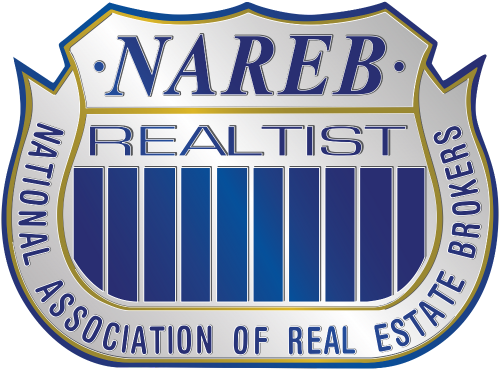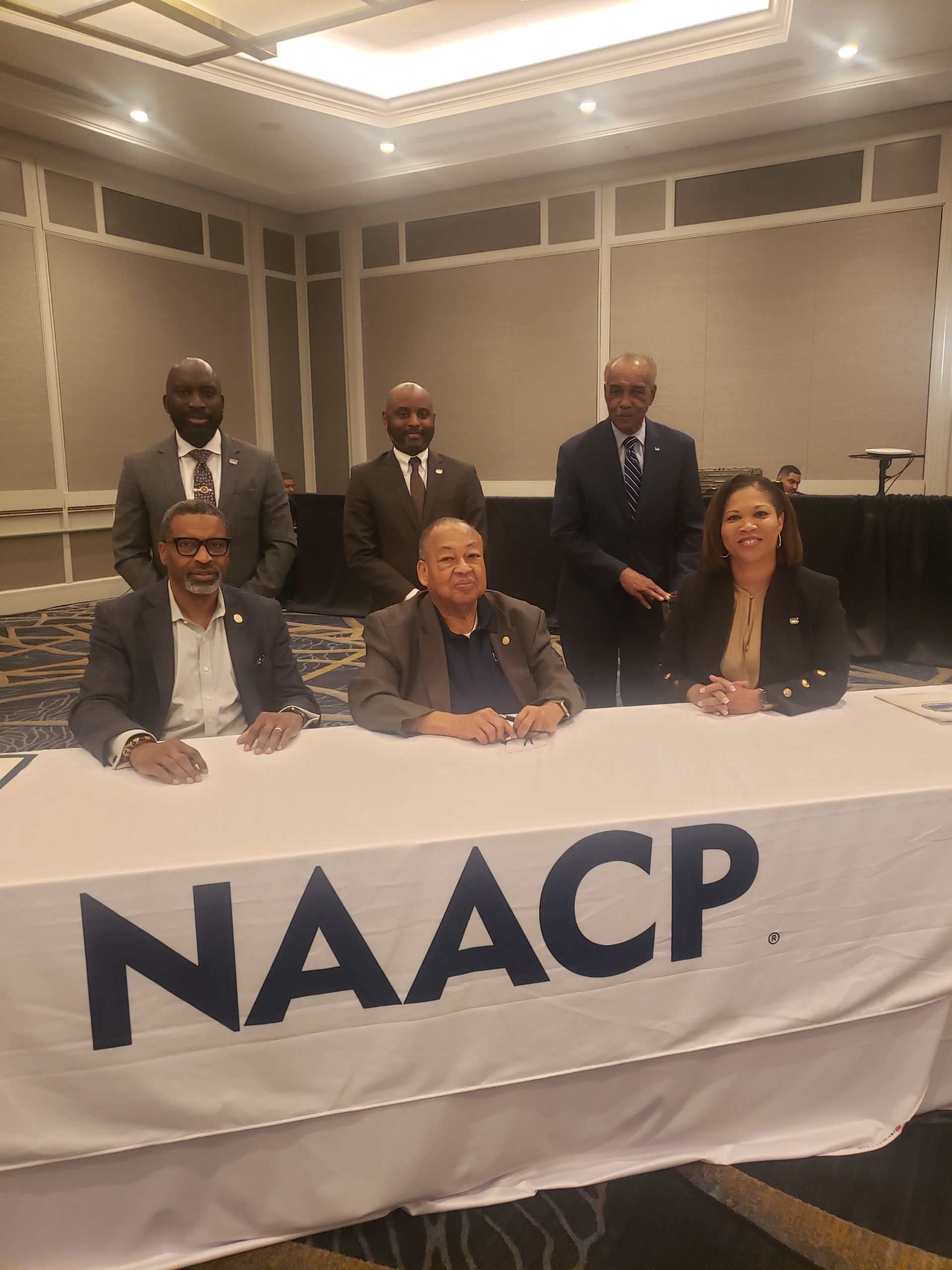NAREB Launches Campaign to Change Policies and Regulations Limiting Gains in Black Homeownership
Oldest Minority Real Estate Trade Association Urges Policymakers to Address Down Payment Assistance, Loan Level Price Adjustments, Student Loan Debt and Appraisal Bias
WASHINGTON – With the gap in homeownership between Black and White families wider today than when housing discrimination was rampant decades ago, the National Association of Real Estate Brokers (NAREB) is launching a “ Revive the American Dream of Homeownership ” campaign to change public policies that limit the ability of minority and low-to-moderate income families to purchase homes.
As of last summer, the Black homeownership rate was 44.6% compared to 74.2% for Whites, a gap of 29.6%. In 1960, before Civil Rights and Fair Housing laws were enacted, there was a lower 27-point gap between Black homeownership (38%) and White homeownership (65%), demonstrating the substantial need for policies that support homeownership.
“It is a travesty that in 2022, some five decades past the Civil Rights movement, there has been very little progress in Black homeownership,” said Lydia Pope, NAREB’s President. “It is time for us to act. We must alert Congress and the Biden Administration that public policies must be enacted and changed to provide more opportunities for families to purchase homes. The American Dream of homeownership must be revived.”
Specifically, NAREB is taking aim at four policy areas they have identified as detrimental to homebuying for minorities and low-to-moderate income families:
- Down Payment Assistance. NAREB is fully supportive of the down payment assistance plan in President Biden’s the Build Back Better legislation. Currently, there are options for down payment assistance available for families, but most come with conditions that can hurt their ability to get a home loan. For instance, some programs tack on a second mortgage or stricter wage and credit score requirements. Other proposals want to link down payment assistance to a tax credit, but that kind of relief does little to help a family that can’t close on house because they can’t afford the down payment. NAREB supports a grant program for down payment assistance so that participation doesn’t impact the ability to qualify for a mortgage.
- Student Loan Debt. Four years after college graduation, Blacks owe an average of $25,000 more in student loan debt than their White counterparts, and Blacks leave school with an average of $52,726 in student debt, according to the Brookings Institution. The student loan debt impacts the ability of Blacks to purchase homes. One of the biggest issues is the inconsistency in determining how student loan debt is calculated in the debt ratios of the mortgage underwriting process. Essentially, while the future debt is factored in, anticipated future wage increases are not. There has been some progress with Fannie and Freddie acknowledging income-based payment plans that lower the monthly debt ratio calculations, but it does nothing to address the fact that the actual student loan debt continues rising. While NAREB strongly supports proposals that eliminate some student debt, it is critical that a uniform standard is created that guides the Federal Housing Administration, Fannie Mae, Freddie Mac and Veterans Administration in calculating the debt so it is not left to lenders.
- Loan-Level Price Adjustments (LLPAs). A comprehensive study by the Journal of Financial Economics found that risk-equivalent Latinx/Black borrowers pay significantly higher interest rates on GSE-securitized and FHA-insured loans, particularly in minority neighborhoods. The researchers estimate that these rate differences cost minority borrowers more than $450 million yearly. The LLPAs are the culprit. Even if someone qualifies for a loan, lenders are allowed to adjust the interest rate based on credit scores. Further, Private Mortgage Insurance Companies are also increasing their rates for mortgage insurance based on credit ratings. Thus, the consumer can get hit with higher rates twice creating price increases that can push potential buyers out of the market. NAREB seeks an end to LLPAs and want it established that if a family meets the qualifications for a mortgage, they get the loan without additional fees.
- Fair Appraisals. NAREB wants an end to appraisal bias when Blacks are selling their homes or need a valuation on new ones. There is a growing trend of moving away from physical appraisals towards depending on technology. But that is troublesome because the data entered into any program may already be biased. A Brookings Institution study shows that homes in Black neighborhoods appraised for 23% less than similar homes in White neighborhoods. A 2021 Redfin study found that homes in Black neighborhoods are undervalued by $46,000 on average, a gap that has been constant over the past decade. Furthermore, the appraisal review process is deeply flawed. When an appraisal is disputed, the burden is on the real estate agent or lender to provide data supporting a change in the valuation. But that rarely happens – less than 3% of appraisals are ever revised. NAREB wants a revamped appraisal review process. In addition, NAREB calls on the public and private sector to help increase the number of Black appraisers. There are 78,000 appraisers across the country but only 2% are Black.
“By addressing these public policy issues, we can create an environment that will give more Black families opportunities to be homeowners,” said Ashley Thomas III, NAREB’s Second Vice
President, who is leading the campaign. “These policy changes must be part of the Reckoning on Race. It is shameful that there are policies restricting progress.”
(For print or broadcast interviews with NAREB President Lydia Pope or more information about the campaign contact Michael Frisby, Mike@frisbyassociates.com/202-625-4328.)


